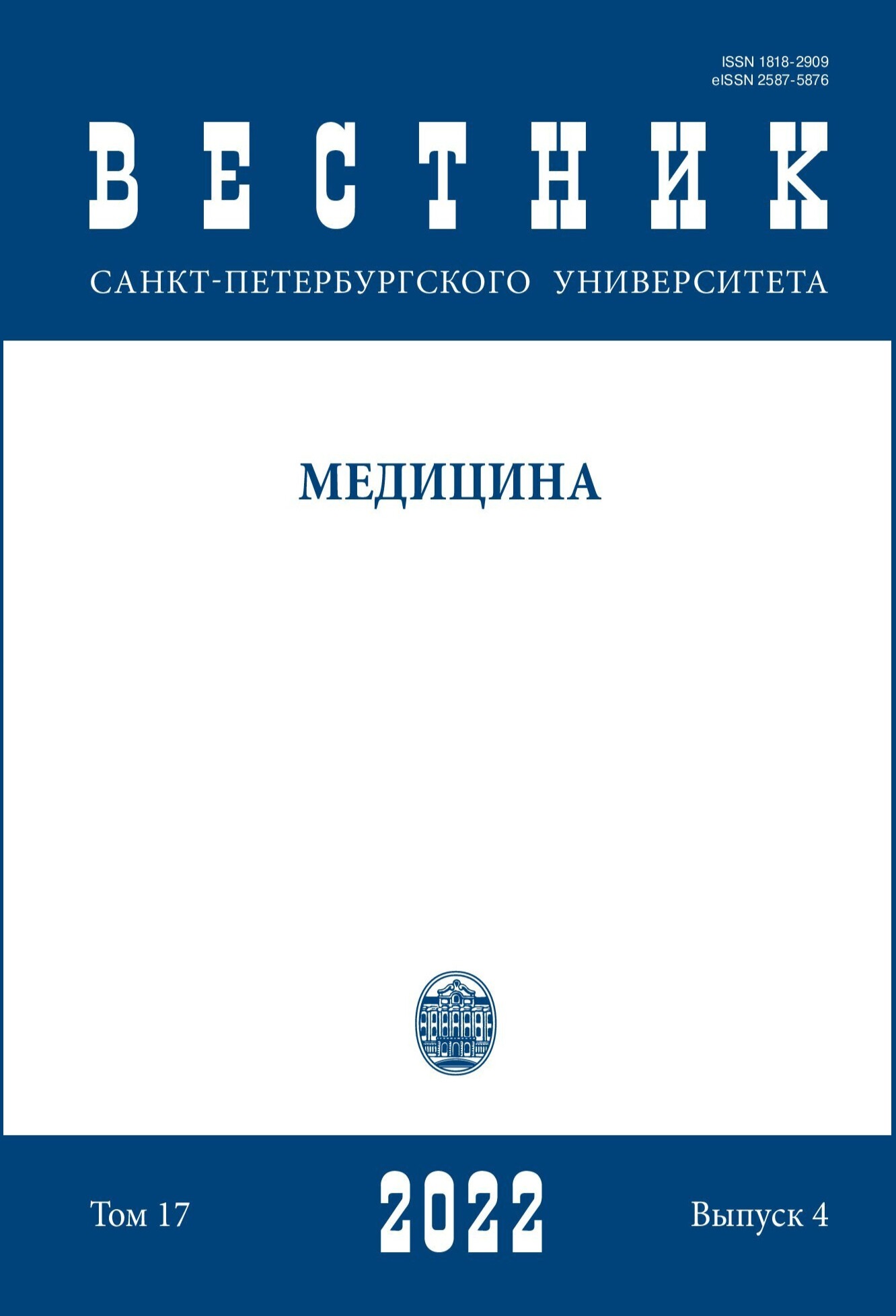Determination of priority air pollutants at the sites of sludge disposal of sewage treatment plants when establishing a sanitary protection zone
DOI:
https://doi.org/10.21638/spbu11.2022.406Abstract
Currently, various handling processes are used for sewage sludge treatment in order to reduce
the sediment volume and amount, and aerobic stabilization of sediment. Nevertheless, sludge
sites continue to pose a threat to the population sanitary-epidemiological well-being as an unpleasant
odors source. Objective: determination of the composition of the specific pollutants
in the emissions generated at the Zelenogorsk’s sludge sites to carry out further work on health
risk assessment according to the olfactory exposure. The study materials were selected sludge
samples before entering the sludge fields. Methods used: gas chromatography with a mass
spectrometric detector, high-performance liquid chromatography with an ultraviolet detector
based on a diode matrix, fluorimetry, and capillary electrophoresis. A total of 60 gas-air
samples were analyzed. As an experiment result, 9 classes of compounds were found. On the
second day, the aromatic compounds’s predominance in emissions is noted 83 % of the total
emission (181.4 mg/kg of sediment dry weight). On the 10th day — the nitrogen-containing
compounds predominance (65 %) and organic acids (32.5 %), the aromatic compounds content
is 1.2 % (total emission — 75.5 mg/kg). The priority chemical compounds in emission and
specific substances that may additionally be included in the atmospheric air quality studies
program when establishing a sanitary protection zone have been identified.
Keywords:
sewage sludge, sewage treatment plants, sludge sites, pollutants, foul-smelling substances
Downloads
References
References
Downloads
Published
How to Cite
Issue
Section
License
Articles of "Vestnik of Saint Petersburg University. Medicine" are open access distributed under the terms of the License Agreement with Saint Petersburg State University, which permits to the authors unrestricted distribution and self-archiving free of charge.




